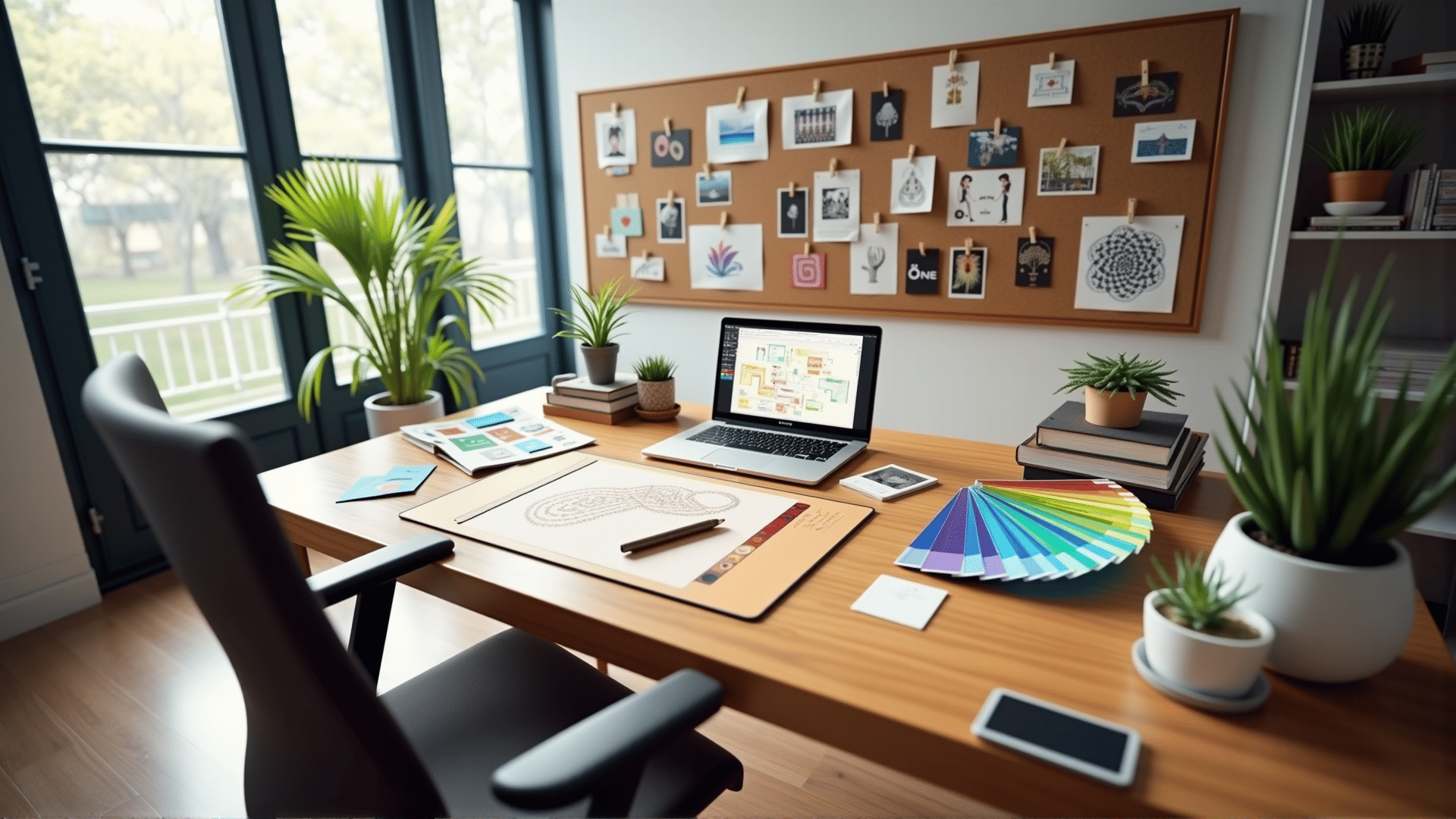In today’s fast-paced world, the demand for design solutions that are not only aesthetically pleasing but also functionally effective has never been higher. Businesses across various sectors are increasingly recognizing the importance of innovative design in setting themselves apart from the competition. Embracing such design solutions can be transformative, offering both a distinct edge in the market and deeper engagement with customers.
At the heart of innovative design is the perfect blend of creativity and functionality. The days when design was solely about creating visually appealing products are long gone. Modern design solutions require a thorough understanding of user needs, technological integration, and an emphasis on sustainability. This holistic approach ensures that each design solution is not only visually striking but also meets the practical needs and expectations of the end user.
Customization is a critical element in innovative design solutions. Businesses and individuals are seeking designs tailored to their unique requirements rather than settling for one-size-fits-all solutions. By leveraging the latest technologies, such as AI-driven analytics and 3D printing, designers can create personalized experiences that resonate with users on a personal level. These technologies allow for rapid prototyping and iterative design processes, ensuring that the final product is refined and aligned with client expectations.
Moreover, the role of sustainability in design cannot be overstated. In an era where environmental concerns are paramount, integrating sustainable practices into the design process is not only responsible but also increasingly demanded by consumers. By utilizing eco-friendly materials, creating designs that leverage renewable energy, and minimizing waste, designers can contribute to a more sustainable future while appealing to environmentally conscious customers.
Additionally, the intersection of technology with design has opened new avenues for innovation. From smart home devices to wearable technology, design solutions are increasingly reliant on the seamless integration of cutting-edge technology. This incorporation not only enhances the functionality of products but also enhances the user experience, creating meaningful interactions and driving engagement.
The importance of innovative design solutions extends to internal processes as well. Businesses can vastly improve efficiency and employee satisfaction by rethinking their internal design processes. Whether through redesigning workspaces to foster creativity and collaboration or implementing streamlined digital tools, the right design can transform workplace dynamics and productivity.
As businesses strive to stay ahead in a competitive landscape, investing in innovative design solutions is no longer a luxury but a necessity. By focusing on a comprehensive approach that integrates creativity, personalization, sustainability, and technology, companies can create products and experiences that stand out in the marketplace. Such an investment not only boosts brand reputation but also builds lasting relationships with customers who value functionality and innovation.
In conclusion, the power of innovative design solutions lies in their ability to transform ideas into reality, offering practical, creative, and sustainable solutions to tomorrow’s challenges. Embracing this multidimensional approach can redefine the way businesses operate, interact with customers, and grow in the constantly evolving economic environment. As we continue to push the boundaries of what is possible, design remains a vital frontier for innovation, growth, and progress.
